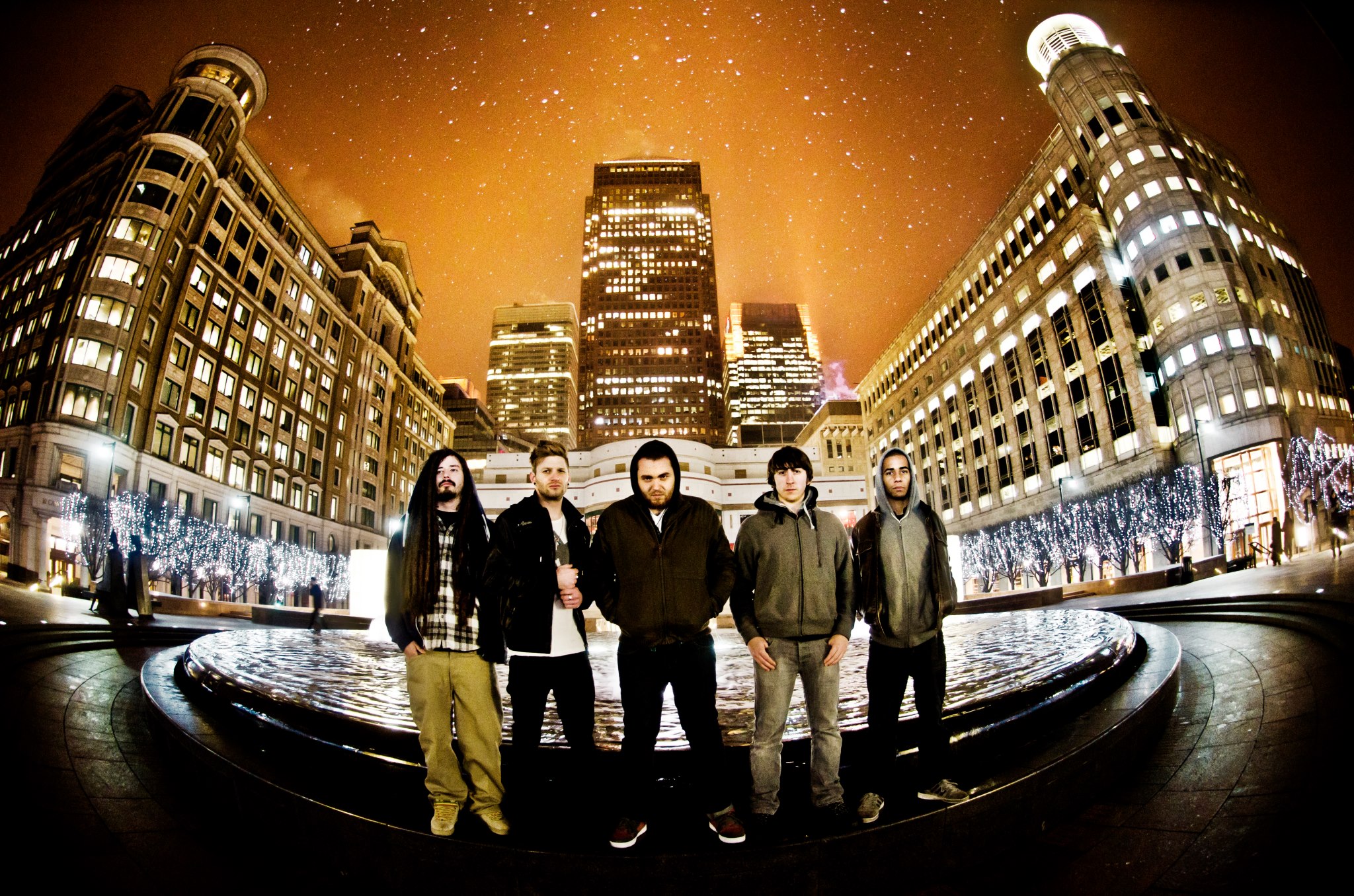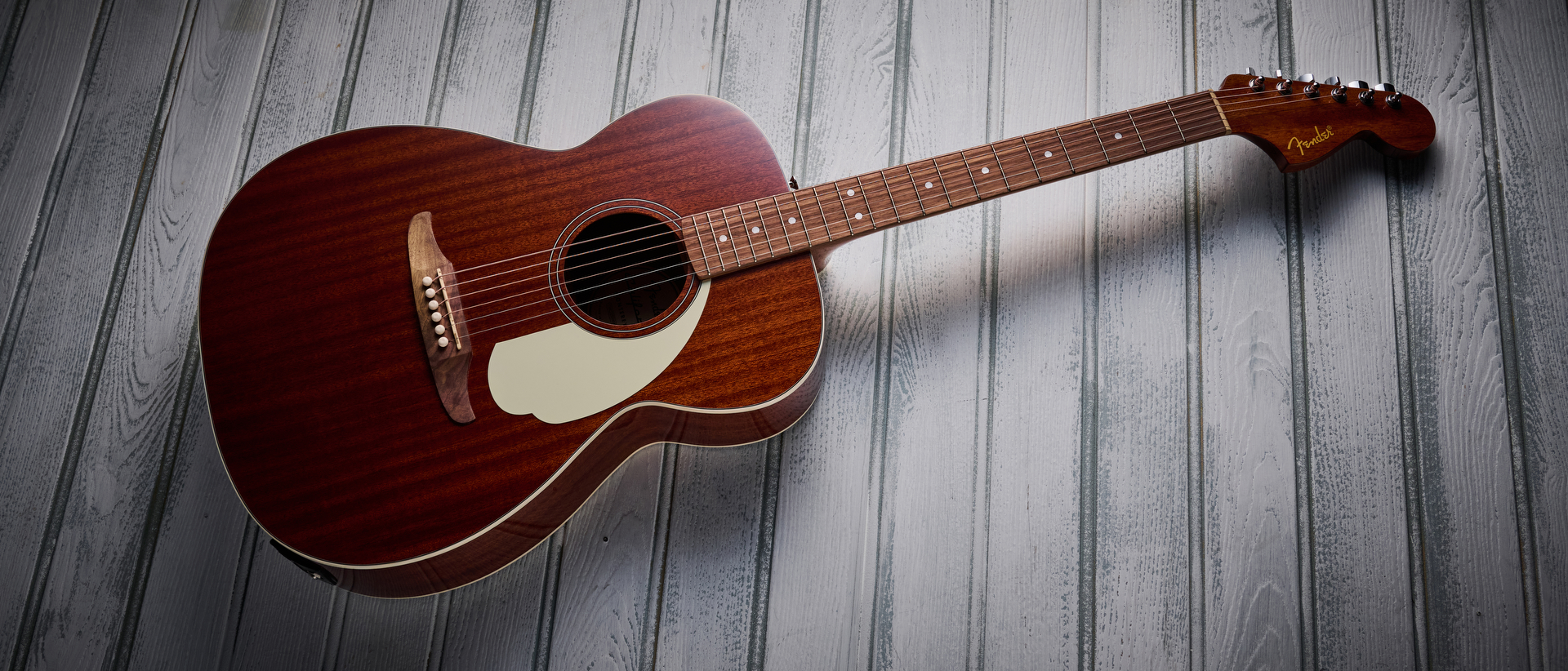Monumental Sounds: The Percussive Approach

For those who don't know me, my name is John Browne (but please call me Browne), guitarist and song writer for the progressive metal band Monuments.
I've been playing guitar since I was 10 (although I didn't really start to play until I was bought my first electric when I was 13). I've also produced and recorded bands for the past seven years, including the production of our debut album Gnosis, which was released via Century Media on September 25 in North America.
I'll be doing a number of columns where I'll focus on songwriting approaches as well as production tips and ideas, but as this is my first column for GuitarWorld.com, I'm going to focus on the main aspect of my playing that I'm asked about on a daily basis: the percussive approach.
When I was around 15 to 17 years old, I was taught by a guitarist named of Owen Vaughan Edwards, who always told me my picking hand is equally important, if not more so, than my fretting hand. At the time, I thought this was absurd. I mean, yeah, you can tap with it, you can sweep with it and pick; what else do I really need this hand for? MEEDLEY MEE etc. ... But this was a time when I wanted to play as fast as possible with no real direction, groove or perception of good timing. But as time passed, I realized exactly what Owen meant.
A lot of guitar players I've seen over the years do forsake their picking hand, which is an easy thing to overlook. But even if you break it down to something simple like, "Do you have a friend that plays guitar? And have you noticed if they pick harder or softer than you?", you can open up a world of possibilities.
Something as simple as picking softer or harder gives you varied dynamics, a really important trait missing from a lot of metal, which can add a different color and texture to the sound. For example, if you listen to the song "The Uncollective" (below), the first riff uses this to create a subtle bounce/gallop in the scratches on the guitar. The scratches (or dead notes) start off with a softer hit, to a harder hit, into a mute, not too dissimilar from the "heel-toe" technique used by drummers to create a similar effect with their kick drum.
The position of the right hand also can help in the use of dynamics. With your hand positioned close to the bridge, you will create a bassy "djun" kind of palm mute. Bring it forward to just in front of the bridge pickup; you'll notice you'll start getting a metallic-scratch kind of sound (a la "The Uncollective"), which can add a different flavor to any riff. Different positions make different sounds, and every guitar has a different sweet spot. You can get some pretty cool-sounding harmonics too.
All the latest guitar news, interviews, lessons, reviews, deals and more, direct to your inbox!
There are many other directions you can take with your right hand. If you listen to a guitarist called Ben Lacy, he takes the style of "slap and pop," which is taken from a bass technique. Guitarists such as Jon Gomm and Andy Mckee also utilize similar things.
I hope this introduces some of you to a possible different direction to take your playing in. Guthrie Govan has a very well-put-together guitar slapping video on YouTube. It's a must-watch!
Monuments' debut album, Gnosis, is out now on Century Media.
